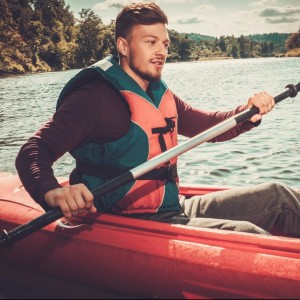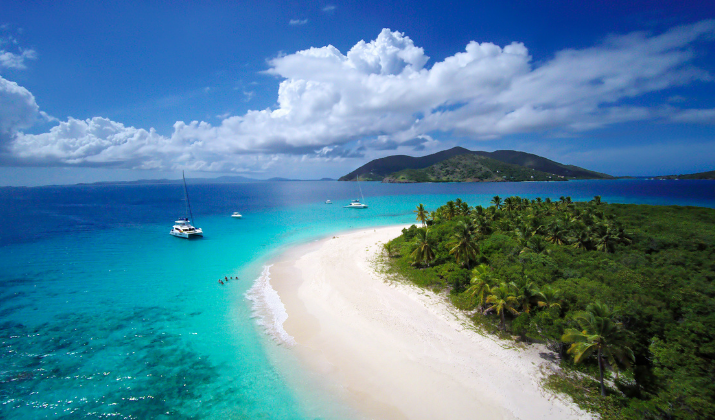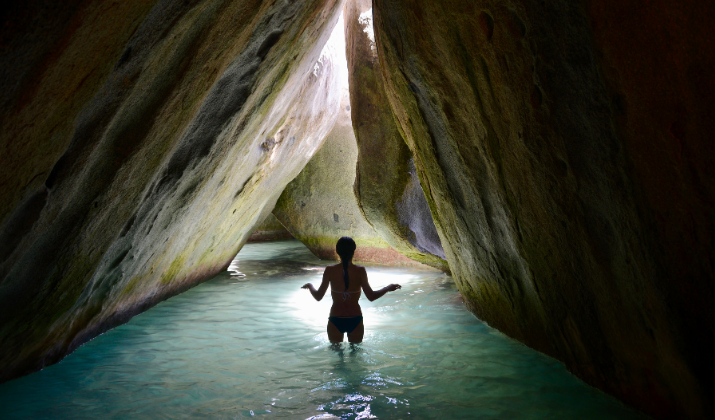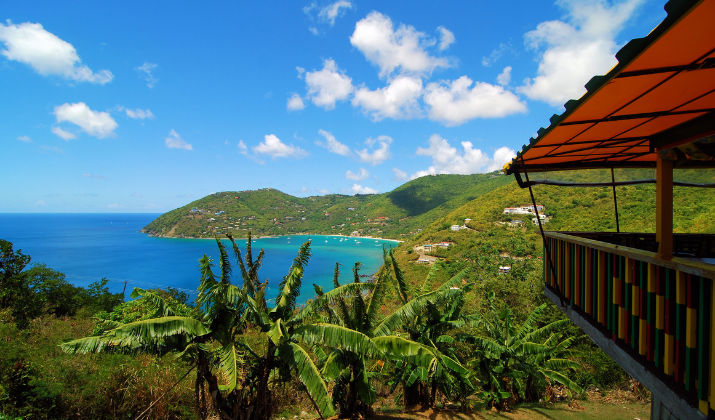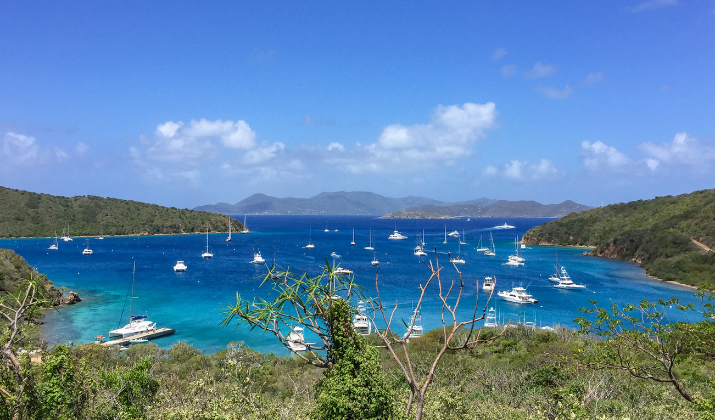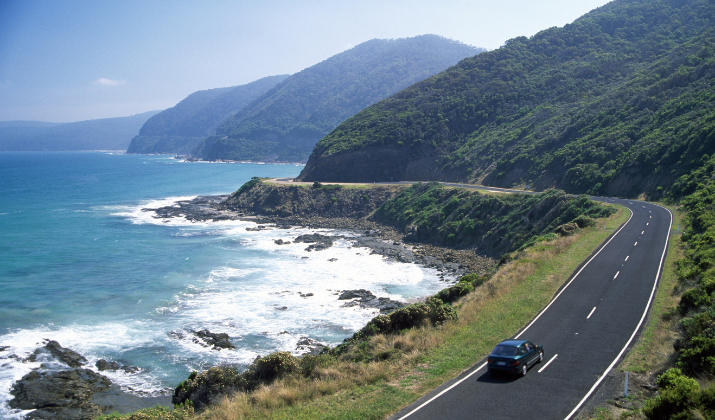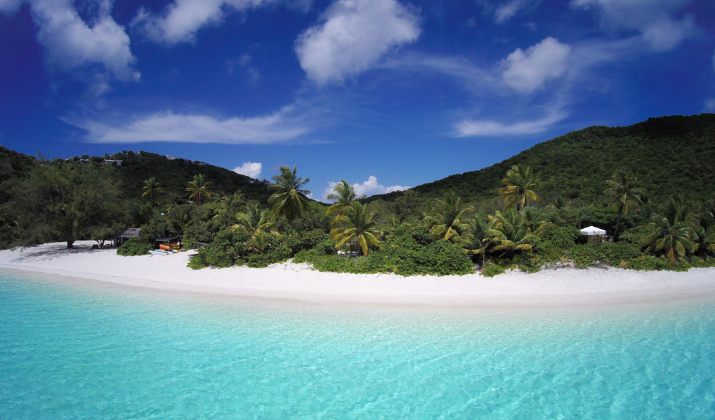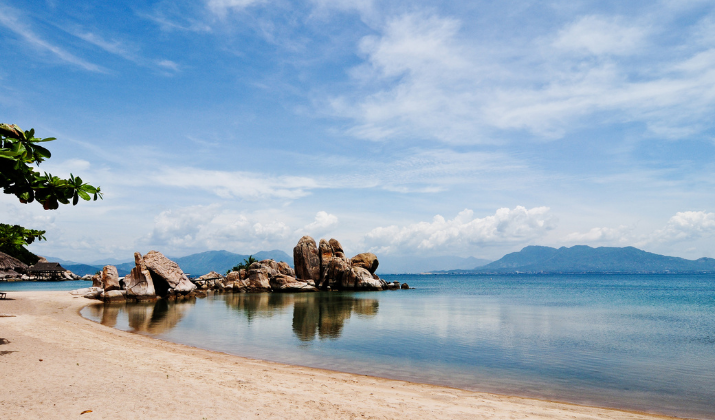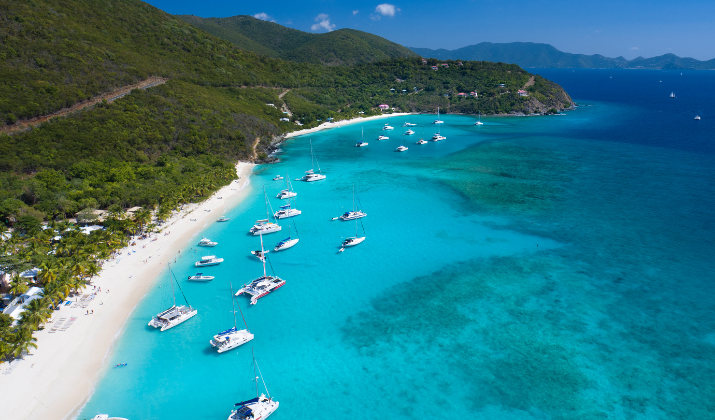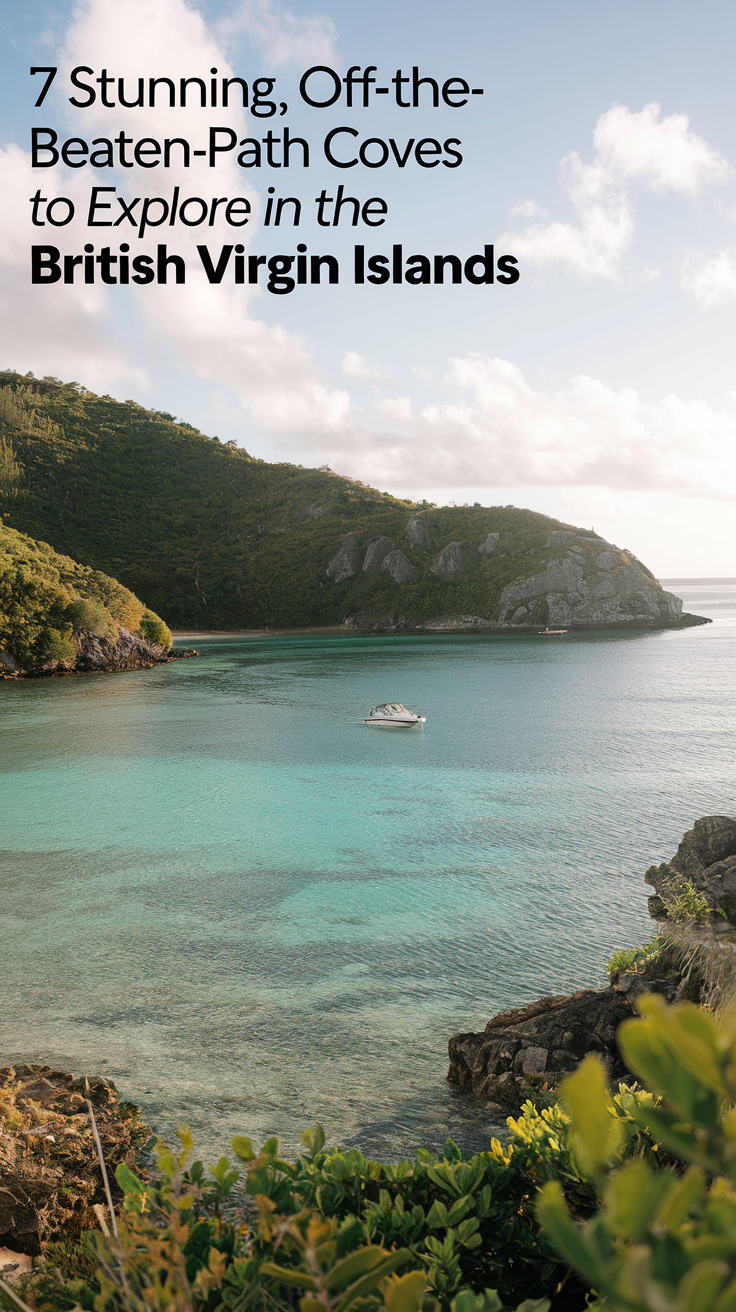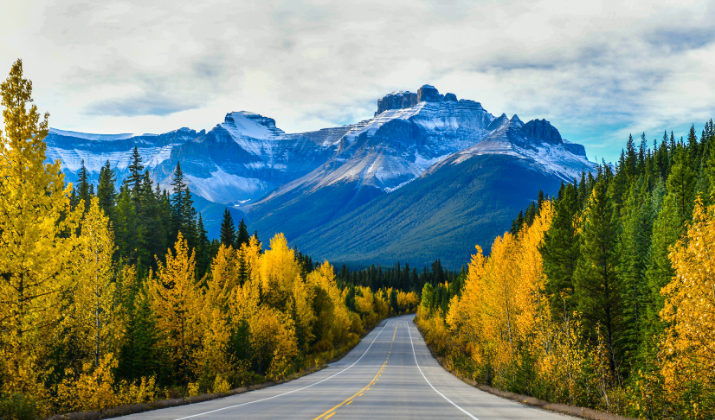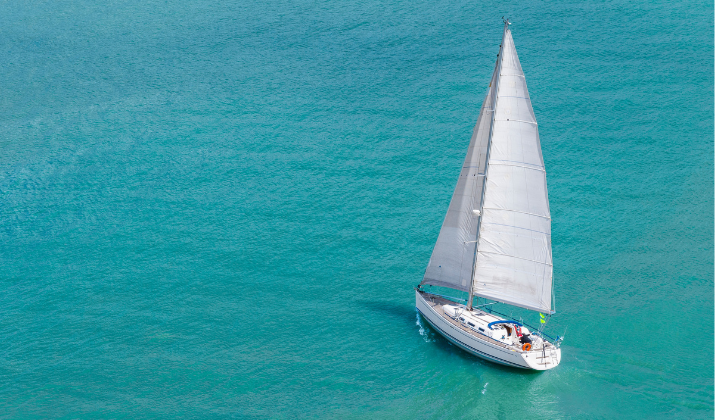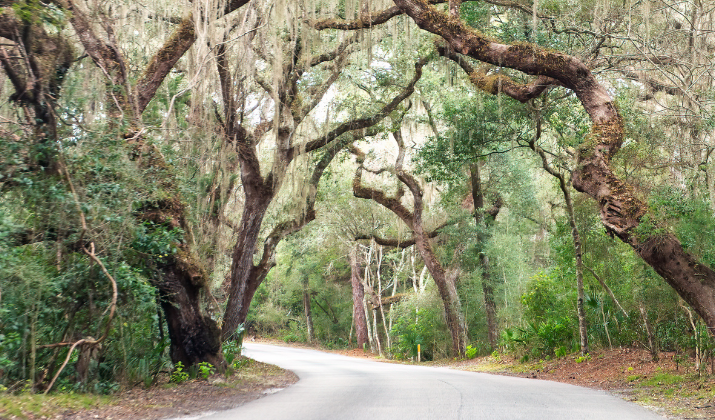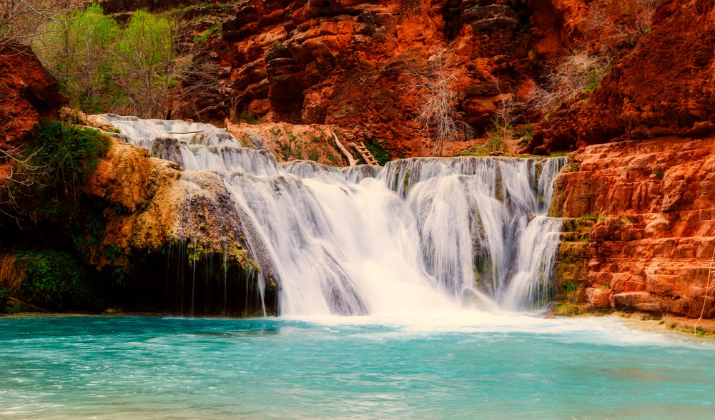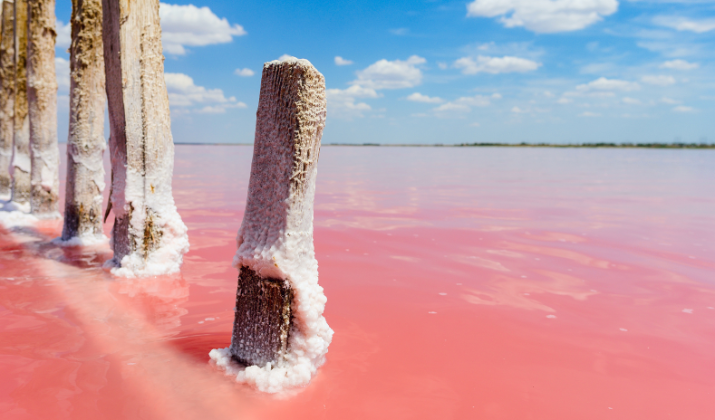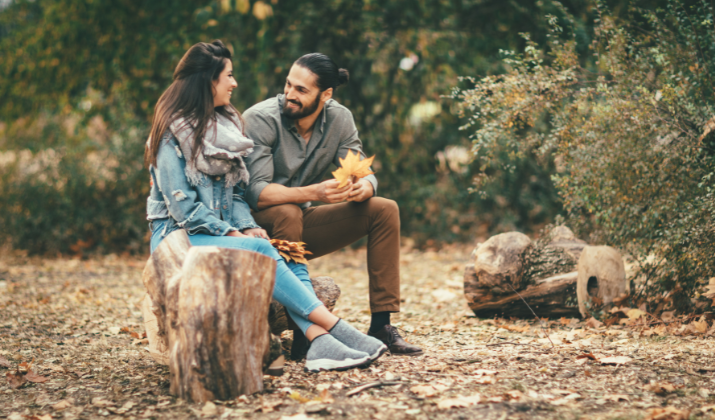While the British Virgin Islands are renowned for their popular beaches and bustling harbors, the true magic lies in the hidden coves tucked away from the usual tourist routes.
These secluded corners of paradise offer adventurous travelers a chance to experience the Caribbean as it once was, pristine, peaceful, and perfect for those seeking solitude among nature’s finest creations.
In this post, we will talk about seven beautiful, off-the-beaten-path coves to check out in the British Virgin Islands.
Stay tuned.
1. The Baths at Little Trunk Bay, Virgin Gorda
While The Baths themselves are well-known, few visitors venture to the secluded northern end of Little Trunk Bay.
Here, massive granite boulders create intimate swimming pools and secret passages that feel worlds away from the main tourist area.
The morning light filtering through the rock formations creates an otherworldly atmosphere that photographers will love. Geological formation of these boulders dates back millions of years, when volcanic activity shaped the landscape we see today.
Local guides share stories of how these same formations once served as natural fortifications for indigenous peoples of the Caribbean.
The best time to visit is early morning, before 8 AM, when the light is perfect and you’ll likely have the place to yourself.
Surrounding waters host a vibrant array of marine life, including yellow-tailed snappers, sergeant majors, and the occasional octopus hiding among the rocks.
2. Soldier Bay, Tortola
Accessible only by a 20-minute hike or private boat, Soldier Bay’s crystal-clear waters are protected by towering cliffs.
The bay’s rich history as a colonial-era military lookout adds intrigue to its natural beauty. British forces once used this strategic point to monitor maritime traffic through the Sir Francis Drake Channel, and remnants of old structures can still be found hidden in the surrounding vegetation.
The healthy reef system just offshore makes it an excellent spot for snorkeling, with regular sightings of spotted eagle rays and rainbow parrotfish.
Hiking trail leading to the bay winds through native Caribbean dry forest, offering glimpses of indigenous plants like turpentine trees and barrel cactus.
During winter months, the bay becomes a natural sanctuary for migrating seabirds, adding another layer of natural wonder to this already spectacular location.
3. Money Bay, Norman Island
Don’t let the name fool you, this peaceful cove on Norman Island’s southeastern shore is far from commercial.
Local legend claims pirates once buried treasure here, and historical records show that Norman Island itself inspired Robert Louis Stevenson’s “Treasure Island.”
Today’s treasures are the pristine coral gardens and the chance to spot sea turtles gliding through the turquoise waters. The bay’s position makes it a perfect sunset-watching spot, with the sun sinking behind St. John in the distance.
Surrounding waters contain three distinct reef systems, each hosting different marine ecosystems.
The shallow reef features abundant brain coral and sea fans, while the deeper areas are home to larger species like tarpon and barracuda.
Local fishermen still practice traditional fishing methods here, and if you’re lucky, you might see them casting nets as their ancestors did generations ago.
4. Lee Bay, Great Camanoe
This hidden gem requires some effort to reach, but the reward is worth it. The horseshoe-shaped bay features a narrow entrance that opens into a protected swimming area.
Surrounding green hills create a natural amphitheater, and the waters are usually calm enough for paddleboarding. Keep an eye out for the resident population of blue tang fish that call these waters home.
The bay’s unique geography creates a microclimate that supports rare species of orchids growing on the surrounding cliffs. During summer months, the bay becomes a breeding ground for bioluminescent organisms, creating magical night-time displays in the water.
Local environmental groups have established a small coral restoration project here, and visitors can sometimes observe marine biologists at work maintaining the coral nurseries.
5. White Bay, Guana Island
Not to be confused with the popular White Bay on Jost Van Dyke, this secluded cove on private Guana Island is occasionally accessible to day visitors by arrangement.
Powder-white sand and crystal-clear waters are complemented by the calls of frigate birds nesting in the surrounding cliffs.
The shallow reef here hosts some of the healthiest elkhorn coral in the Caribbean. The island itself is a testament to sustainable luxury tourism, with carefully managed access helping to preserve its natural beauty.
The bay’s western exposure creates perfect conditions for afternoon swimming, when the sun warms the shallow waters to bath-like temperatures.
Marine biologists have documented over 50 species of coral in the bay’s waters, making it a crucial site for Caribbean marine biodiversity.
6. Cam Bay, Great Camanoe
This remote eastern bay offers excellent protection from prevailing winds and features a beautiful salt pond just inland.
The mangrove-lined shores provide a nursery for juvenile fish, making it an excellent spot for snorkeling. The bay’s isolation means you’ll often have the entire cove to yourself, save for the occasional visiting pelican.
Salt pond behind the beach is part of a complex ecosystem that supports various species of wading birds and creates essential filtration for the marine environment.
During the spring, the surrounding hills burst into color with the blooming of wild sage and frangipani.
The bay’s position on the island’s eastern side makes it an excellent spot for watching moonrise over the ocean, with the full moon casting a silvery path across the water.
7. Diamond Cay, Jost Van Dyke
While technically a national park, Diamond Cay remains surprisingly uncrowded.
The small cove on the eastern end features a natural pool formed by volcanic rocks, perfect for a peaceful swim. The surrounding area is a nesting site for endangered seabirds, adding an element of wildlife watching to your visit.
Rocks that form the natural pool are embedded with minerals that sparkle in the sunlight, giving the cay its name.
Local conservation efforts have helped protect the breeding grounds of the magnificent frigatebird, making this one of the few places in the Caribbean where you can observe these impressive seabirds up close.
The cay’s location near Little Jost Van Dyke provides excellent opportunities for kayaking and exploring the numerous small caves that dot the coastline.
Planning Your Visit
The best time to explore these hidden coves is during the shoulder season (April-June or November-December) when weather conditions are ideal and tourist numbers are lower.
Many of these locations require either a private boat rental or guided tour to access. Always check local conditions and tides before visiting, and remember to pack reef-safe sunscreen to protect these pristine environments.
Consider hiring a local guide who can share in-depth knowledge about the marine life, history, and ecology of these special places.
Final Thoughts
The preservation of these natural treasures depends on responsible tourism. Take time to learn about local conservation efforts and consider supporting organizations working to protect these environments.
Pack out everything you bring in, avoid touching or standing on coral, and maintain a respectful distance from wildlife.
These practices help ensure that future generations can enjoy these hidden paradises just as you have.
Remember that part of these coves’ charm lies in their unspoiled nature. Practice “leave no trace” principles and respect any local guidelines or restrictions.
With proper planning, these hidden gems offer an authentic Caribbean experience far from the crowds, allowing you to connect with nature in ways that busy beaches simply cannot provide.

